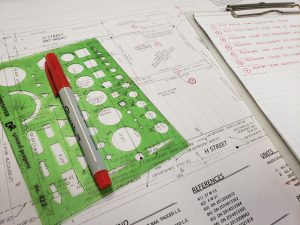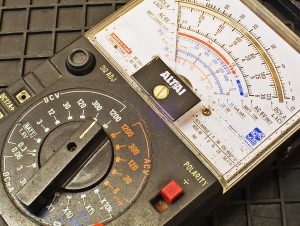If solar panels are the flashy celebrities of your off-grid setup, the battery bank is the quiet, under appreciated assistant that actually makes the magic happen. Without batteries, all those shiny panels would just dump energy into the void every time the sun hits them. Your batteries are the gas tank of your solar system—they store power when it’s sunny so you can use it when it’s not. The trick is picking the right kind, sizing it correctly, and deciding if you’re going old-school modular or taking the all-in-one shortcut.
Modular Battery Options
When building a system from scratch, you get to pick your battery chemistry. Here are the main flavors:
-
Lead Acid (Flooded, AGM, Gel): Cheap and reliable, but heavy, bulky, and you can’t drain them below about 50% without killing their lifespan. Think of them as the budget motel of batteries—gets the job done, but not luxurious.
-
Lithium Iron Phosphate (LiFePO₄): The gold standard for modern builds. Lighter, longer lifespan, deeper discharge (80–90%), and way more efficient. The only downside? They hit your wallet harder up front, though the cost per cycle is better long-term.
When sizing modular banks, you’ll need to figure out capacity in amp-hours (Ah). The math is simple enough: daily watt-hours ÷ system voltage ÷ usable depth of discharge = amp-hours needed. Or, in less nerdy terms, make sure your “gas tank” is big enough to cover your daily energy use plus a little buffer.
Here’s a helpful worksheet for you to figure out how much battery you need.
Daily Use Worksheet: PDF
All-in-One Battery Systems
If math makes your head hurt, all-in-one systems come to the rescue. Units like Bluetti, EcoFlow, and Jackery have the battery, inverter, and charge controller already packaged. You just check the specs:
-
Capacity: How many watt-hours the internal battery stores.
-
Chemistry: Many newer ones use LiFePO₄ for safety and longevity.
-
Expandability: Some units let you plug in expansion batteries if you outgrow the original box.
They’re dead simple—plug in your panels, plug in your gear, and go. The catch is you’re locked into the brand’s ecosystem. Want to mix and match? Too bad.
These systems tend to be more pricey than their more DIY siblings but are perfect for those who don’t want to get too deep in the weeds with volts, amps and watts.
Monitoring & Protection
No matter what you choose, batteries need babysitting. Modular banks should always have a Battery Management System (BMS)—either built into the battery (with lithium) or external (with lead acid). The BMS protects from overcharging, deep discharge, and balancing cell voltages. All-in-one systems handle this internally, so you don’t even have to think about it.
If you’re running modular, invest in a good battery monitor like a Victron BMV or a Renogy shunt monitor. It’ll tell you how much juice you’ve got left so you’re not guessing based on some vague voltage reading.
Practical Tips
-
Don’t store batteries in extreme temps—both freezing cold and blazing hot shorten their life.
-
Ventilation matters. Even sealed AGM and lithium batteries like a little airflow.
-
Size your battery bank to cover at least one to two days of no sun (called “autonomy”). Nobody likes a blackout on day one of a rainy weekend.
-
If you’re modular, design with expansion in mind. If you’re all-in-one, make sure you pick a model that can grow with you.
Wrapping It Up
Your batteries are the backbone of your solar system. Go cheap and small, and you’ll spend more time cursing dead appliances than enjoying the wilderness. Go thoughtful and realistic, and you’ll have a system that works smoothly in the background while you sip your morning coffee.
Your Turn
-
Are you team lithium or team lead acid, and why?
-
Have you ever killed a battery bank by over-draining it? Be honest—we’ve all done it.
-
Would you rather size and wire your own modular bank, or pay extra for an all-in-one solution?
-
How many days of “no sun” would you want your batteries to cover before you start panicking?
-
Where would you stash your batteries in your trailer—inside, outside, or in a dedicated box?






